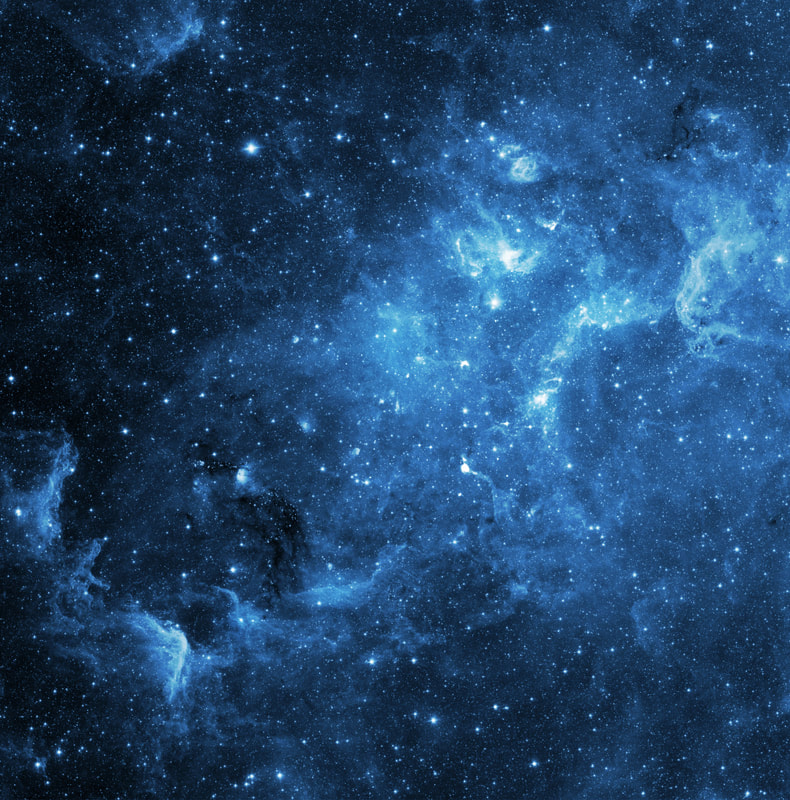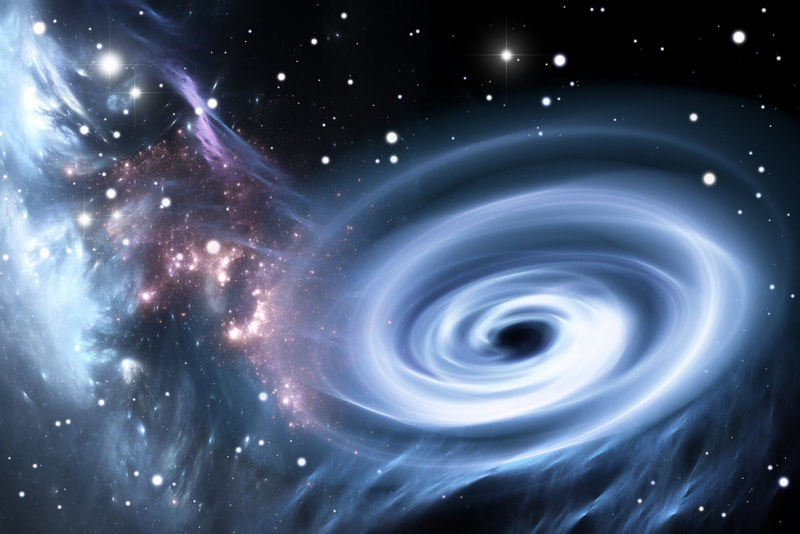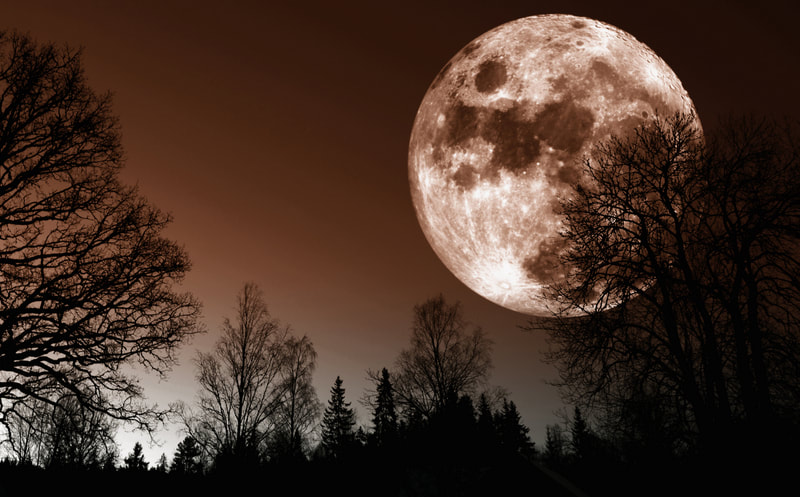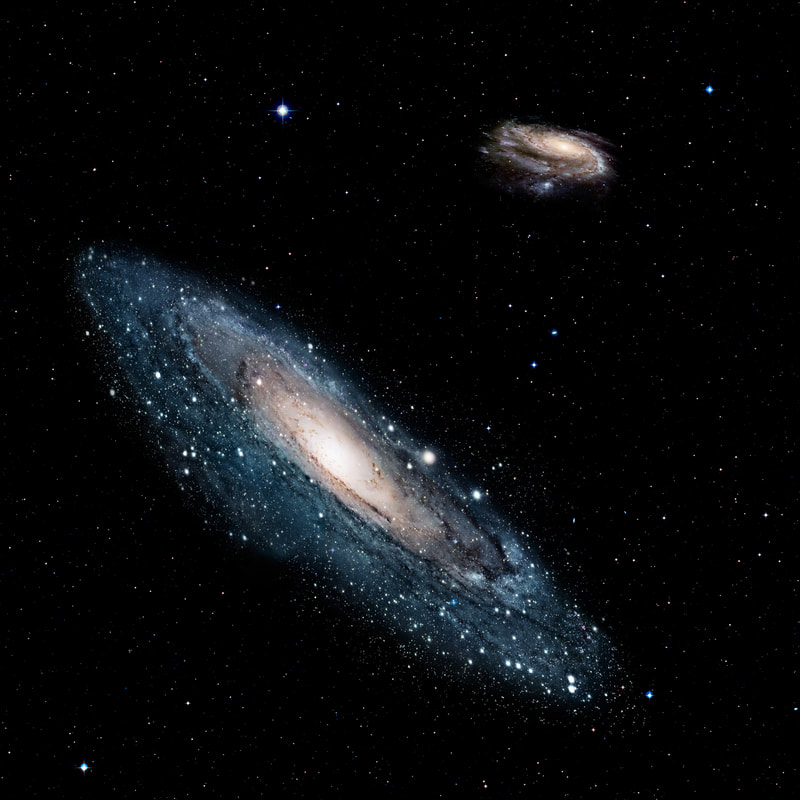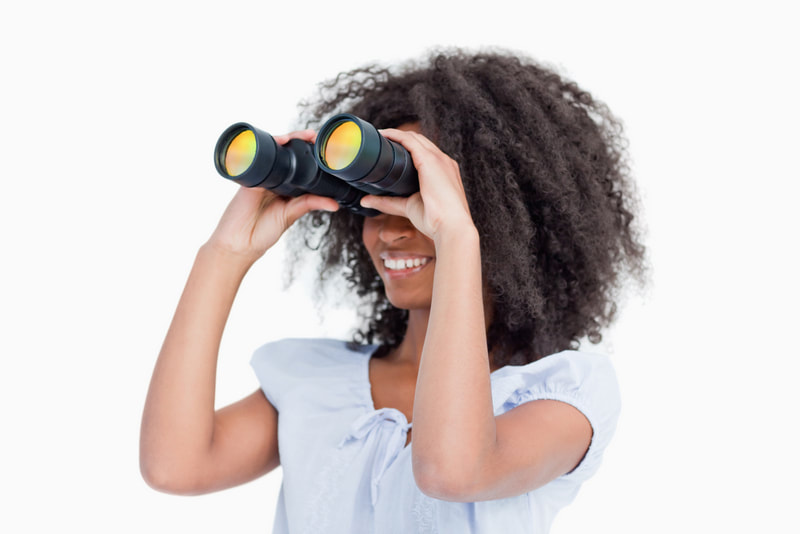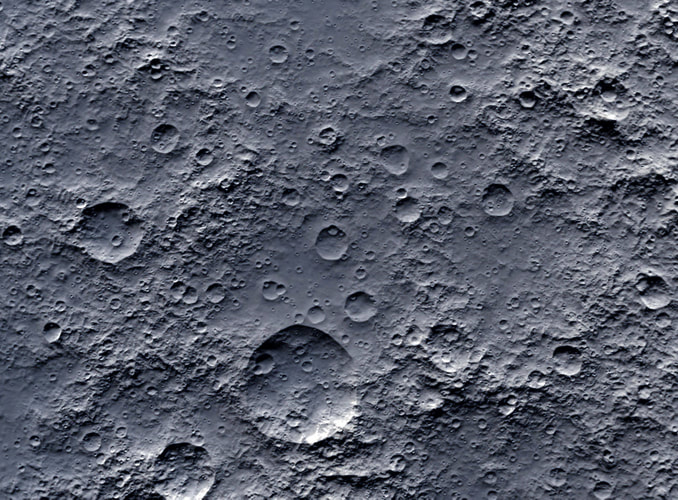Here are some facts about the moon you may find interesting:
- The moon is also known as Luna.
- The moon was formed around 4.6 billion years ago, around 30-50 million years after our Solar System formed, around the same time as Earth. Some scientists think that the moon was once part of Earth, but then broke off after a large object collided with the Earth in its early stages.
- The same side of the moon always faces the Earth. This means that the dark side of the moon is actually no more than a myth. In reality, both of the moon’s sides get the same amount of sunlight, but we on Earth only ever see one side. It takes the moon the same amount of time to turn on its own axis as it does to orbit the Earth, which means the same side always faces Earth.
- The moon is approximately 3,475km in diameter. This makes it much smaller than Saturn and Jupiter’s major moons.
- The Earth weighs 81 times more than the moon.
- While the Earth rotates at 1000 miles per hour, the moon rotates much more slowly, at 10 miles per hour.
- The moon is actually drifting away from Earth, moving around 3.8cm away every year. Researchers estimate that this will continue to happen for another 50 billion years, by which time the moon will take 47 days to complete its orbit around Earth instead of the 27.3 days it currently takes.
- The gravity on the moon is much weaker than that on Earth, because of its smaller mass. Lunar astronauts can jump up so high off the surface of the moon because they only weighed around 16% of what they would on Earth, due to the weaker gravitational pull.
- When standing on the moon, the sky will always appear black in color. This is because the moon has no atmosphere, which also means it is unprotected from meteorites, solar winds and cosmic rays. This lack of atmosphere is also the reason why there is no sound on the moon, and why temperatures there can vary so drastically.
- The moon experiences quakes from time to time, which happen because of the gravitational pull the Earth exerts. These quakes happen several kilometers under the surface, and cause cracks and ruptures.
- NASA plans to set up a permanent space station on the moon by 2019.
- The footprints that mark the steps astronauts took on the moon are probably still there. This is because there is no wind on the moon to blow them away. The only reason they might have been destroyed is because of the downdraft from the takeoff as the astronauts left.
- When Alan Shepard, astronaut, went to the moon in 1971, he decided to hit a golf ball. Though no one is sure exactly how far it went, physicists confirmed it would be possible to drive a golf ball 2.5 miles, keeping the ball in the air for 70 seconds.
- Tides, the rising and falling of large bodies of water on Earth, are caused by the attraction between the Earth and the Moon. The moon pulls at everything on Earth, and water, because it is constantly moving, is particularly vulnerable to its pull. This causes there to be two high tides, and two low tides, every day, with approximately 12 hours, 25 minutes, between the high tides.
At new moon, the moon is in alignment with the Earth and the Sun, being placed directly between them. At this point we do not see the moon at all, because the brightness of the sun is too strong for us to be able to see the much less intense brightness of the moon. When the moon lines up exactly with the sun, as seen from earth, this is when we experience an eclipse.
The moon will then move in an easterly direction, which is away from the Sun. This will allow us to see more of the sunlight portion of the moon, and this portion increases every night. The first few days after a new moon, we will be able to see a thin crescent, which will appear in the western portion of the sky. This is known as a waxing crescent.
This waxing, the illuminated portion of the moon getting larger, will continue each night. When the moon reaches half illumination, this is known as the first quarter. This name refers to the fact that the moon has reached one-quarter of its progress through the lunar month.
The moon will then move in an easterly direction, which is away from the Sun. This will allow us to see more of the sunlight portion of the moon, and this portion increases every night. The first few days after a new moon, we will be able to see a thin crescent, which will appear in the western portion of the sky. This is known as a waxing crescent.
This waxing, the illuminated portion of the moon getting larger, will continue each night. When the moon reaches half illumination, this is known as the first quarter. This name refers to the fact that the moon has reached one-quarter of its progress through the lunar month.
Observing the moon
Observing the moon is one of the easiest things you can to do begin your journey into amateur astronomy. In this section, we’ll outline the equipment you might want to use, along with when you should observe and what you might see when you do.
A lunar map – This will generally be presented north side up, and it will show you the different features of the moon landscape, generally labelled and drawn out, so you can be sure of what you’re seeing. Make sure you get the correct map for the equipment you’re using. Some telescopes give you an inverted view or a mirror image. If you have a telescope with an inverted view, you can simply turn your lunar map upside down. Alternatively, if you have a telescope with a mirror image, you can purchase lunar maps printed in mirror reverse to make observing easier. A highly recommended lunar map is Sky & Telescope Field Map of the Moon.
Observing the moon is one of the easiest things you can to do begin your journey into amateur astronomy. In this section, we’ll outline the equipment you might want to use, along with when you should observe and what you might see when you do.
A lunar map – This will generally be presented north side up, and it will show you the different features of the moon landscape, generally labelled and drawn out, so you can be sure of what you’re seeing. Make sure you get the correct map for the equipment you’re using. Some telescopes give you an inverted view or a mirror image. If you have a telescope with an inverted view, you can simply turn your lunar map upside down. Alternatively, if you have a telescope with a mirror image, you can purchase lunar maps printed in mirror reverse to make observing easier. A highly recommended lunar map is Sky & Telescope Field Map of the Moon.
Binoculars – Binoculars are more powerful than many people realize. They can reveal the crescent phases of planet Venus and the moons of Jupiter, along with galaxies, comets, double stars, asteroids and more. They’re perfectly adequate for you to be able to see the mountains, plains and craters of the moon. The best type of binoculars for this are 7 x 50s, which means they have objective lenses with a diameter of 50mm, and a power of 7.
Telescope – You might also choose to use a telescope to observe the moon. When choosing your power settings, the absolute maximum you should choose is around 50 times that of the inch of the lens. For example, you could set the power of a 2.4 inch refracting telescope to around 120, or a 4 inch telescope to 200. However, difficult atmospheric conditions can cause you to get shaky images at high power levels, so you might even choose to halve these numbers.
Telescope – You might also choose to use a telescope to observe the moon. When choosing your power settings, the absolute maximum you should choose is around 50 times that of the inch of the lens. For example, you could set the power of a 2.4 inch refracting telescope to around 120, or a 4 inch telescope to 200. However, difficult atmospheric conditions can cause you to get shaky images at high power levels, so you might even choose to halve these numbers.
When to look
Many people think the best time to observe the moon is at full moon, but this is not the case. When the moon is full, it can be too dazzling, and the lack of shadows makes it difficult to identify its features. The best time to observe the moon is often thought to be two or three days after the first quarter. At this point it is not so bright that it is difficult to identify its features and it is in an easy to study position in the sky.
The line of darkness on the moon is called the terminator. At this time of the lunar cycle, the terminator is receding, and features near this border are more visible because of the strong shadows.
Many people think the best time to observe the moon is at full moon, but this is not the case. When the moon is full, it can be too dazzling, and the lack of shadows makes it difficult to identify its features. The best time to observe the moon is often thought to be two or three days after the first quarter. At this point it is not so bright that it is difficult to identify its features and it is in an easy to study position in the sky.
The line of darkness on the moon is called the terminator. At this time of the lunar cycle, the terminator is receding, and features near this border are more visible because of the strong shadows.


